uince Pie Recipe is a celebration of a forgotten fruit that looks and tastes like a cross between an apple and a pear. This crumbly pie is made with rolled oats, brown sugar and whole wheat flour that encases a date and quince filling. Enjoy a slice of this delectable pie with ice cream or coffee!
When we first moved to the Bay Area, my neighbor had an attractive tree that caught my eye. This intriguing tree had fruit that looked like a cross between a Golden Delicious apple and a pear. Yet it had sunny, fuzzy skin and a wonderfully refreshing lemon fragrance. Intrigued, I asked my neighbor about this fruit, and she identified this wonderful tree as a quince.
By the way, quince is pronounced “kwins”. I was intrigued as I had never seen or heard of this fruit. My neighbor generously shared the fruit with me every year. My reaction, in fact, my family’s reaction to the raw fruit was ‘EWW!’. Thus began my decades-long history of researching and experimenting with this fruit.
Origin:
Little did I realize that the quince had such a long history dating back to ancient Babylon. Originally cultivated around the Caspian Sea before migrating east and west, the quince is prized for its purported medicinal properties. To the Greeks, it was Aphrodite’s fruit. In fact, some historians have speculated that the ‘golden apple’ that Paris gave Aphrodite was, in fact, the quince. The historian Plutarch observed that Greek brides chewed on quince to get a sweet-smelling breath.
I imagine my son, who intensely dislikes raw quince, has some interesting observations on that! This tradition continued with the Romans who associated the quince with Venus and gave the fruit to a new couple to symbolize fertility and luck. In fact, some Biblical scholars contend that the apple that Eve gave Adam was the quince. Who knew that there was so much romance tied to this somewhat astringent fruit?
The astringency of this raw fruit is one of the many reasons it is cooked before serving. Since the early 4th century, the unpretentious quince has been stewed, poached, broiled, roasted, baked, grilled, and puréed into compotes, jams, marmalades, and jellies. In fact, even today, you will find that quince jam is quite popular in France, Portugal, and Spain. When it is stewed, the tough, bitter flesh becomes a delightful pink that tastes simultaneously of pineapple and guava, with an accompanying sweet vanilla aftertaste.
Benefits of consuming quince:
While the quince has a historical reputation for being a potent source of cures, modern research is only now starting to validate those claims. What we do know is that low-calorie fruit in this recipe of the Quince Pie is a significant source of minerals and vitamins.
- A 100-gram serving of quince provides a daily value of 15% of vitamin C, 13% of copper, 4% of potassium, 3.6% of iron, 2% of magnesium, 2% of vitamin B6, and 1.5% of thiamine (vitamin B1).
- Quince also has flavonols such as quercetin and kaempferol, which are sources of antioxidants that help lower inflammation and metabolic stress while protecting cells from free radical damage.
- The quince also has a history of being a digestive aid. Research suggests that the quince extract may help protect the intestines against swelling and can also be used to manage acid reflux symptoms.
- Interestingly, quince may also help reduce pregnancy-induced nausea and vomiting and may help manage mild allergic reactions like inflamed skin, runny nose, and asthma. But as always, more research is needed to support these preliminary findings.
As I said, I came across and have been experimenting with this fruit for almost twenty years. While I appreciate that this fruit is quite uncommon in most grocery stores, if you do find one, do not be afraid to give it a go! You will be thrilled with the results. And don’t forget that Valentine’s Day is just around the corner. If you want something other than the traditional chocolate and strawberry mix, try this Quince Pie recipe. If it was good enough to start the Trojan War and was the fruit of Aphrodite and Venus, I can’t see how you will go wrong.
Frequently Asked Questions:
How do you prepare quince?
While one might think that this is a redundant question, there is a specific method of preparing the quince before using it. I use the following method:
- Remove the skin. While you can use a kitchen or paring knife, I’ve found it useful to use a potato or vegetable peeler. I generally do not throw the skin away as I use it for my jams.
- Use a sharp knife (the raw fruit is tough) and a cutting board. The uncooked flesh is tough, so make sure the board is secure. Cut towards the core.
- Then, cut the fruit into quarters and cut away the core and the seeds.
- I prefer to place the quince in a bowl of water to prevent browning.
Can quince be eaten raw or used in the pie without pre-cooking it?
The answer is that it depends on the variety. For example, the Russian-origin Aromatnaya variety is edible and has a pineapple-like flavor. Another edible quince is the Karp’s Sweet which is grown here in California. These can and are used in salads, but you need to find the specific varieties. But generally, it is advisable to cook before consuming because regardless of the variety, heat unlocks the best flavors, and this fruit has an incredible variety of ways it can be prepared and served.
Coupling this versatile fruit with a variety of herbs such as mint or ginger, or spices such as vanilla, cinnamon, cardamom, or even star anise adds an additional dimension to its naturally complex flavor profile. In this Quince Pie recipe, for example, I have added lemon to the mixture to provide a fresh and slightly acidic component to a sweet dessert.
What other types of pastry can be used in the Quince Pie recipe?
I sometimes use shortcrust or rich shortcrust pastry. If you absolutely must use another type of pastry, I would recommend puff pastry. Puff pastry is ‘laminated’ dough. The laminating process includes folding butter through the dough multiple times to create a thin, alternating layer of yummy buttery dough. This butter creates that puffy and airy texture when baked. I tend to use phyllo only when I’m using more or less dry ingredients because the signature layering effect of the phyllo can cause leakage.
What are some suggestions for using the quince?
I have made quince into a jam, served with oatmeal, and used as a topping on a yogurt parfait. You could also simply broil, grill or poach slices of quince to be eaten with ice cream or whipped cream.
This post may contain affiliate links. As an Amazon Associate, I earn from qualifying purchases at no extra cost to you.
If you’ve tried this recipe or have questions, I would love to hear from you. Please feel free to share (below) your thoughts, comments, or any questions that you might have. And if you like my recipes, you could subscribe to my mailing list for the latest recipes that will be delivered to your inbox. From my pen to your table, Bon Appetit!
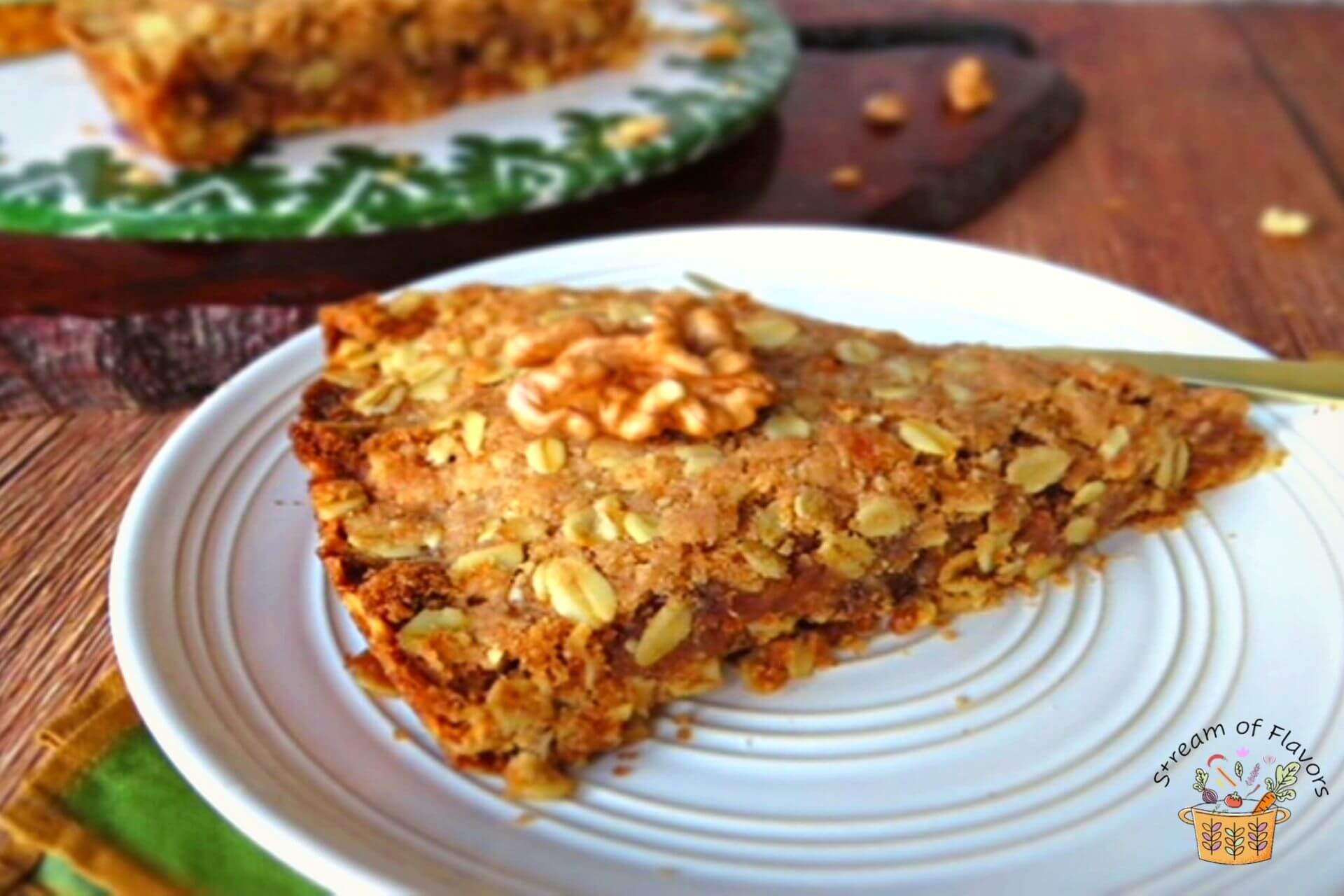
How to make the pie filling:

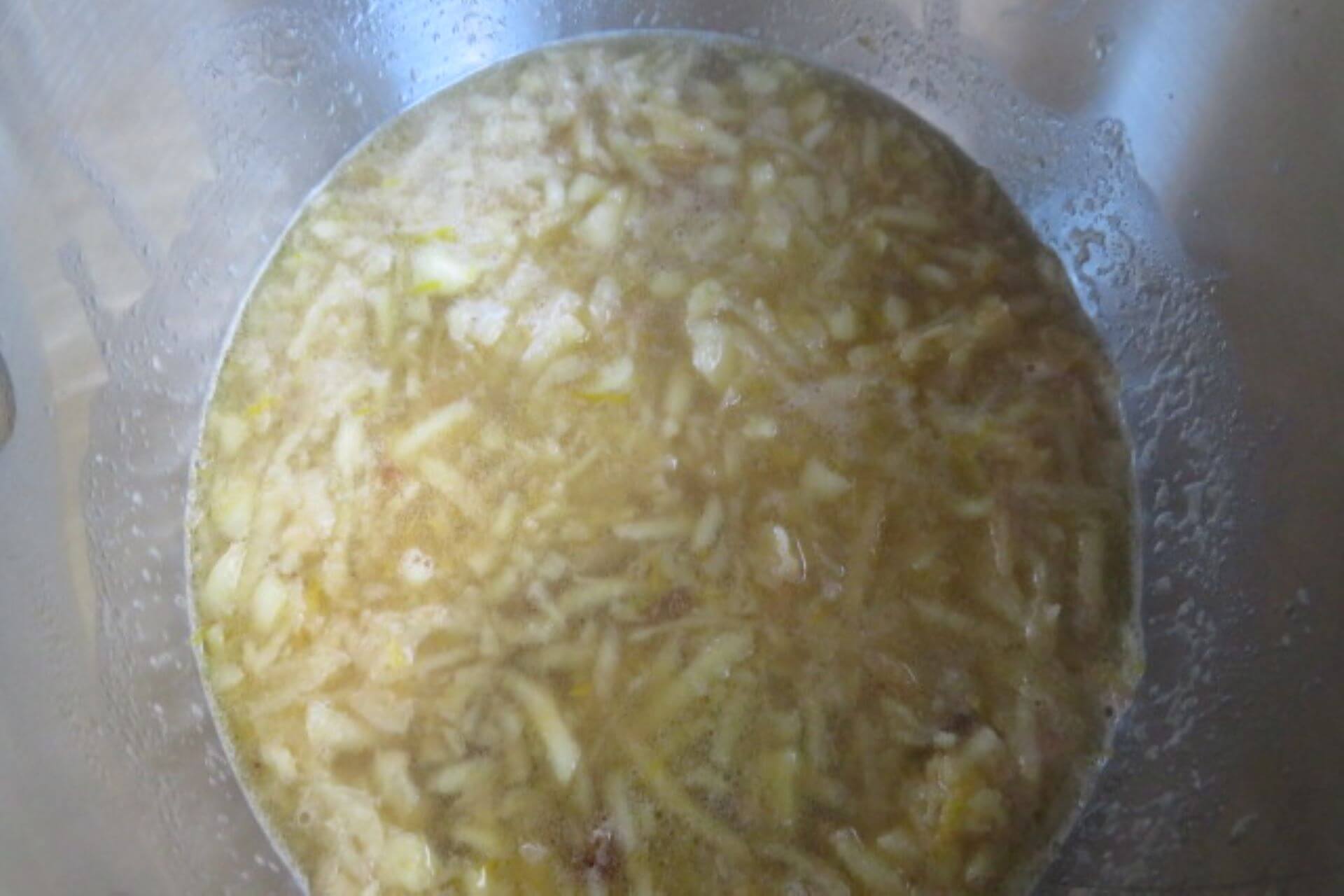
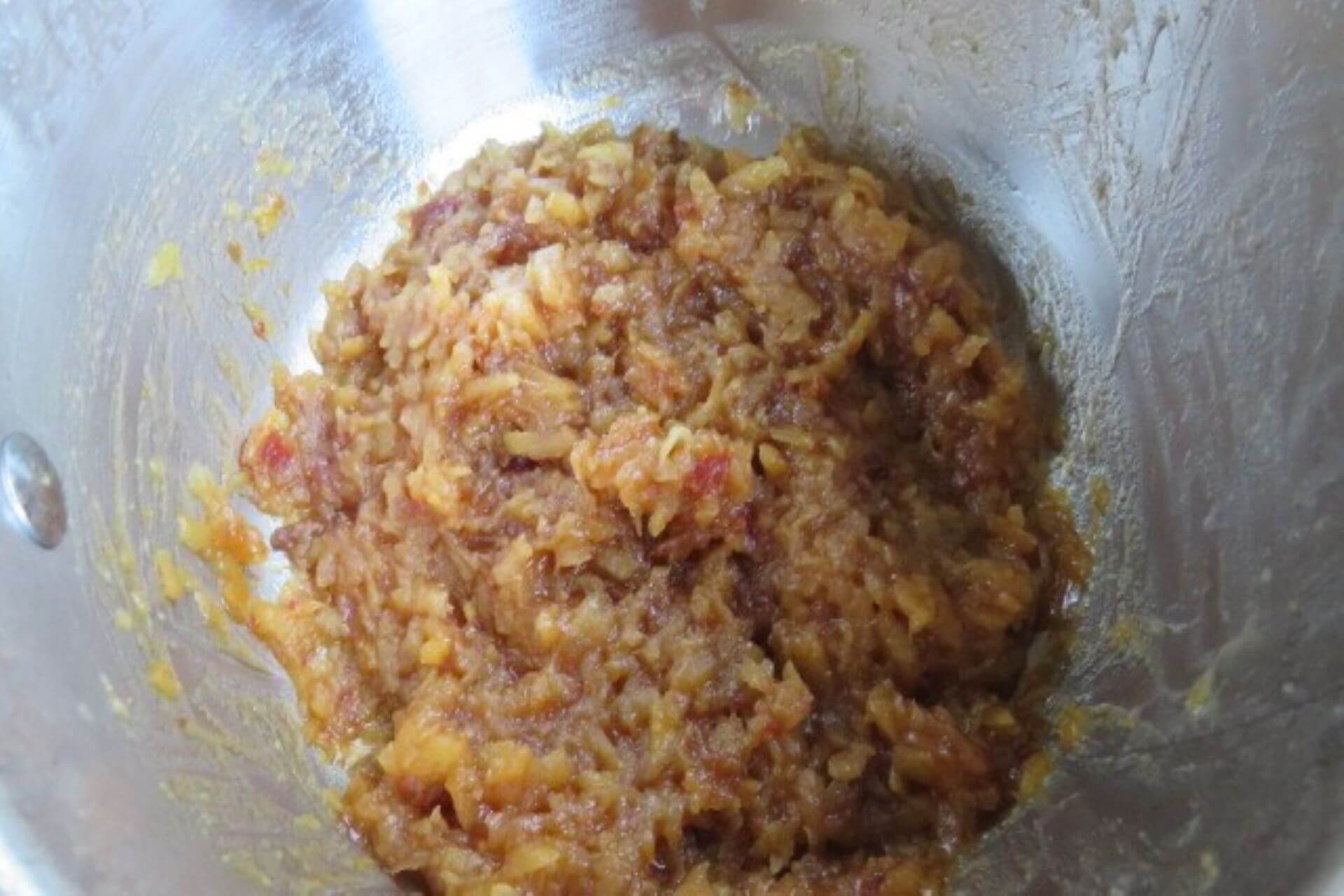
How to make the crusts:
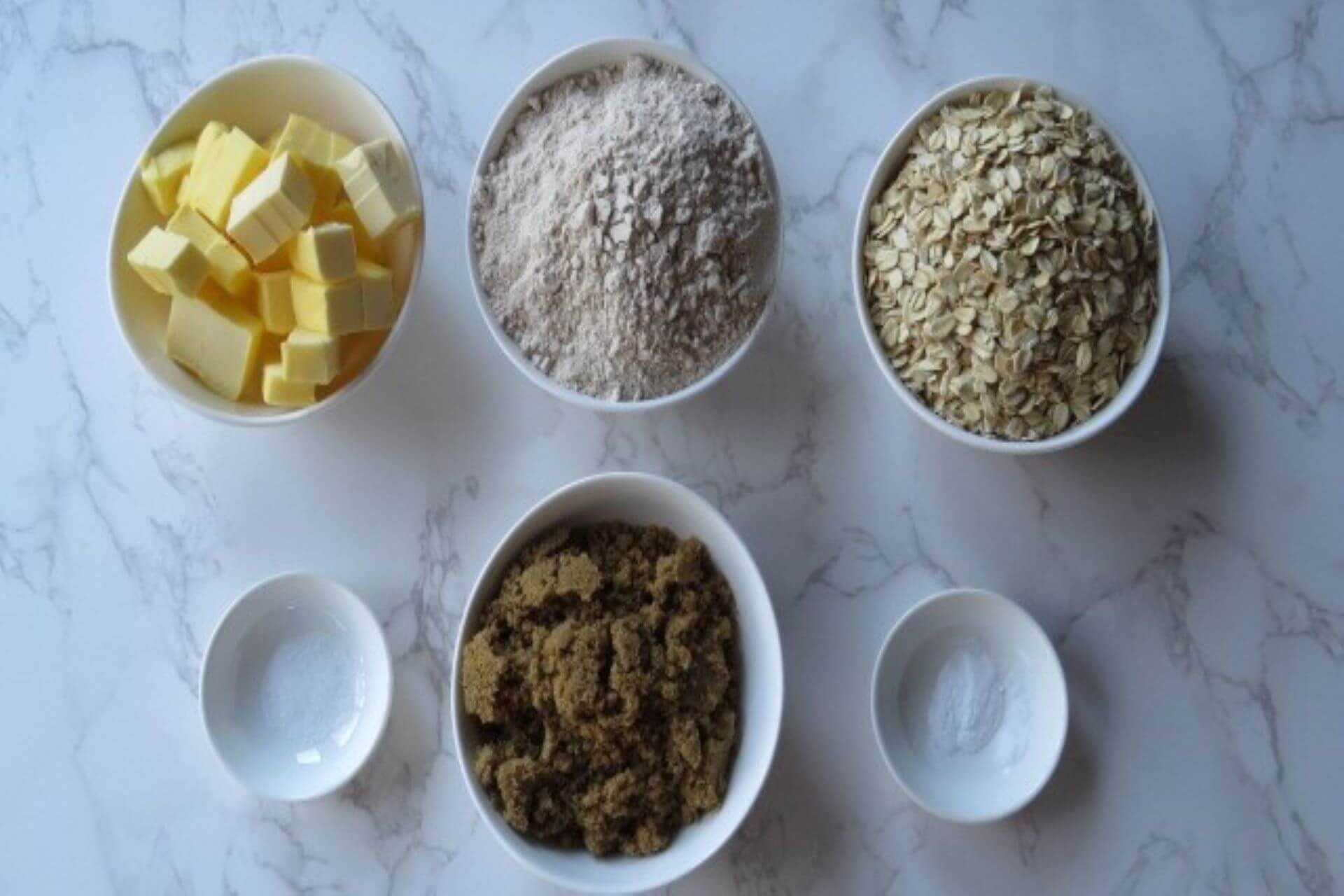
- Weigh the ingredients or use cup measures.
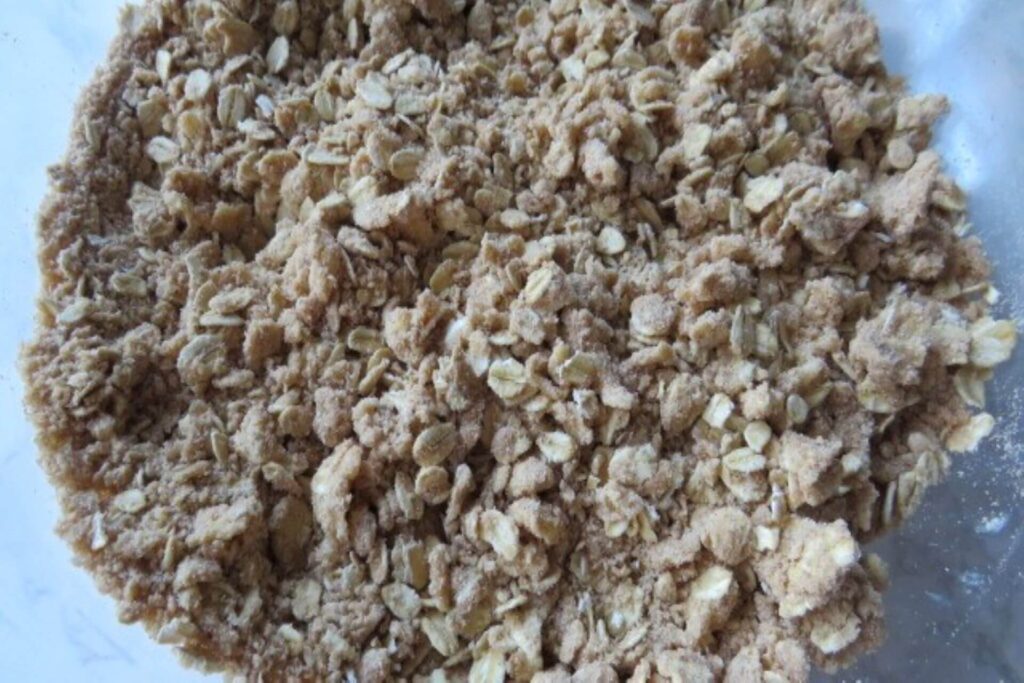
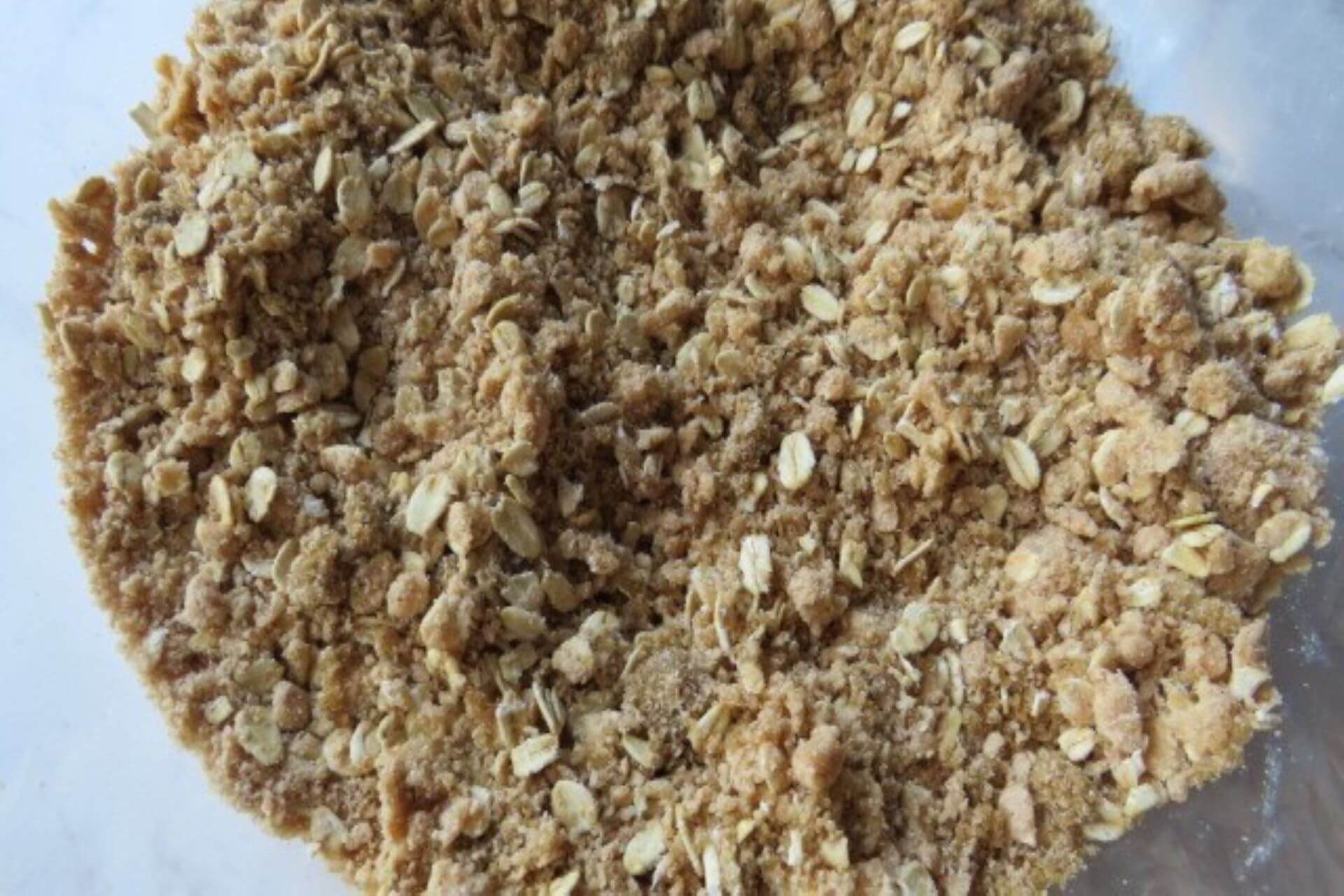
How to assemble the Quince Pie:
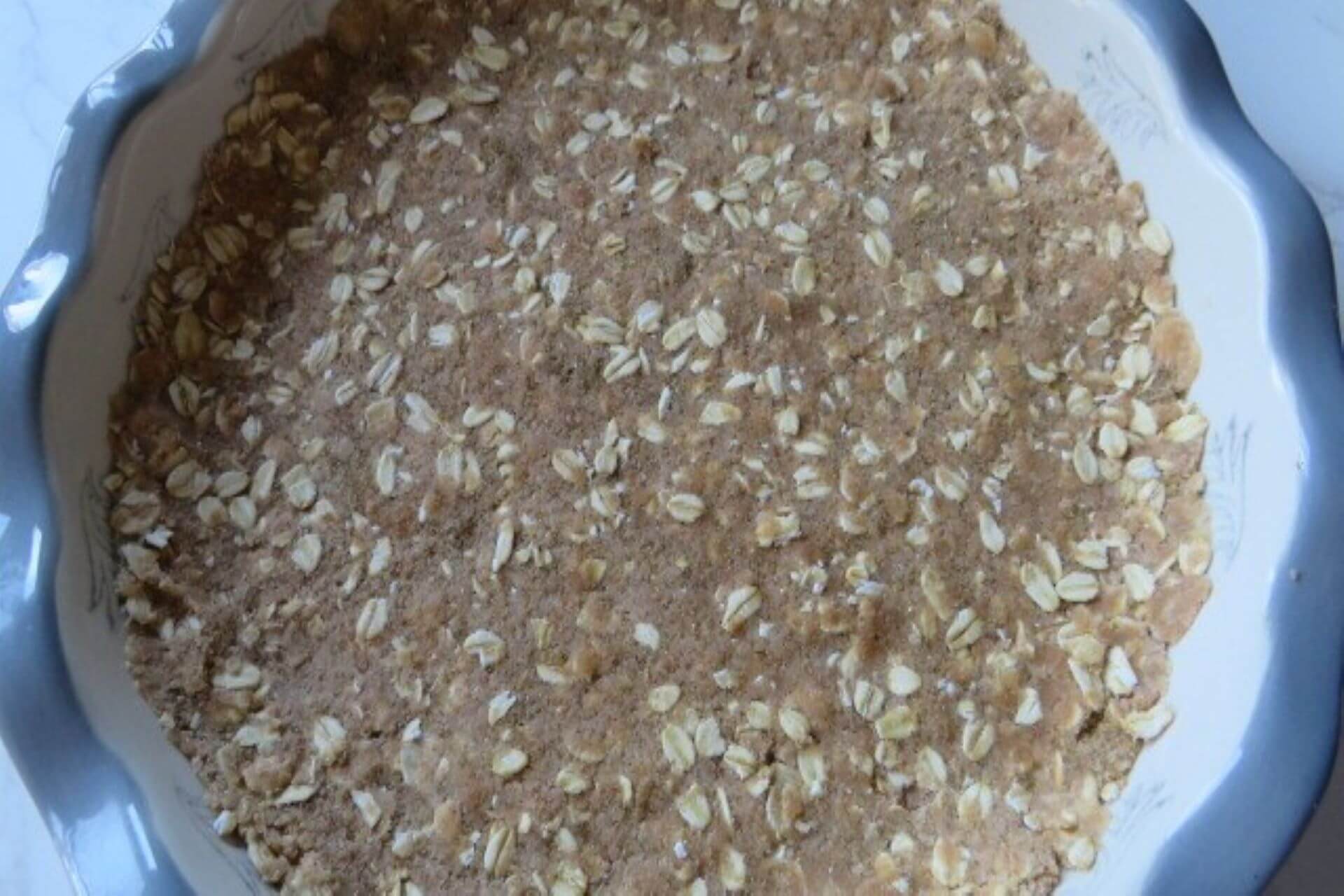
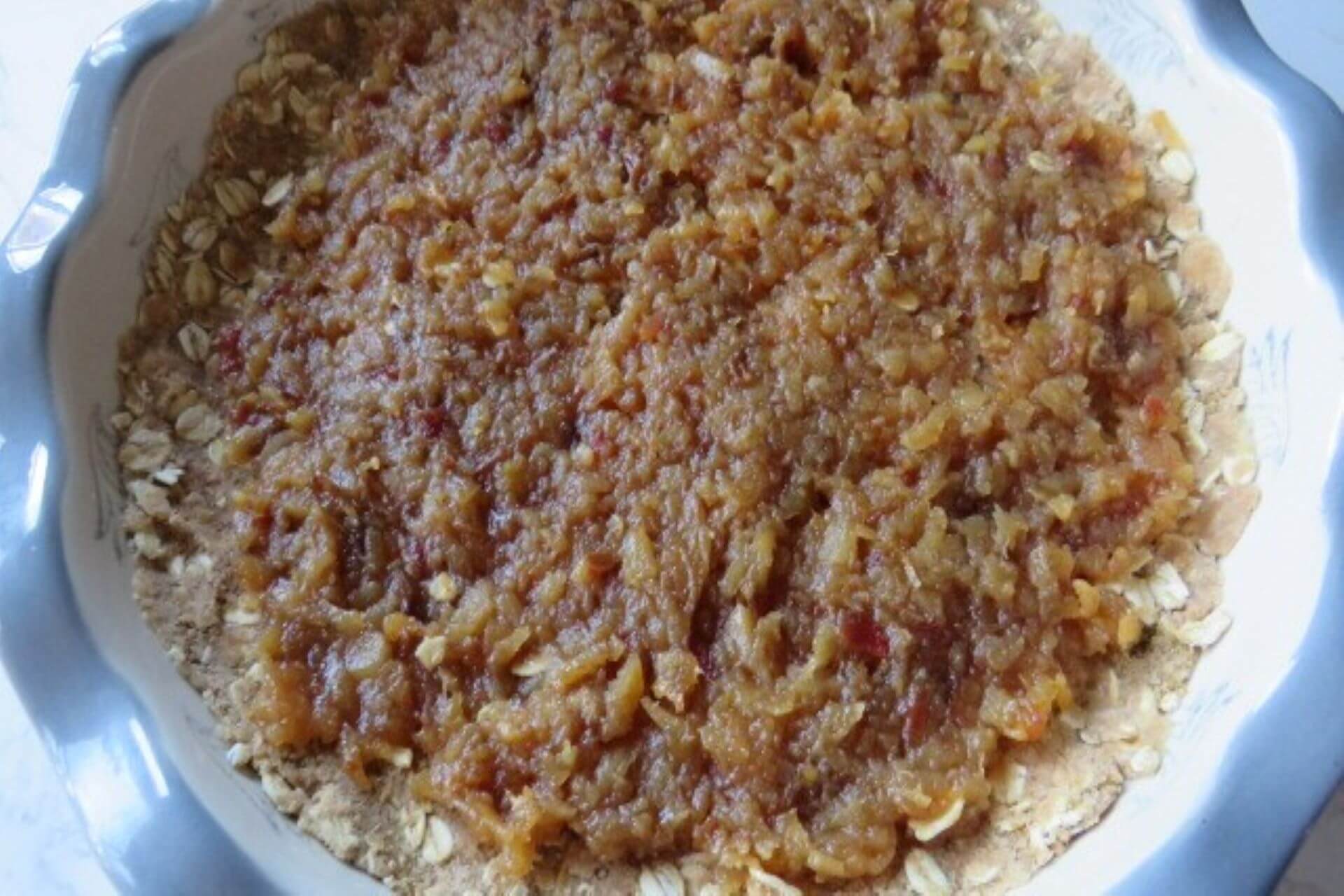

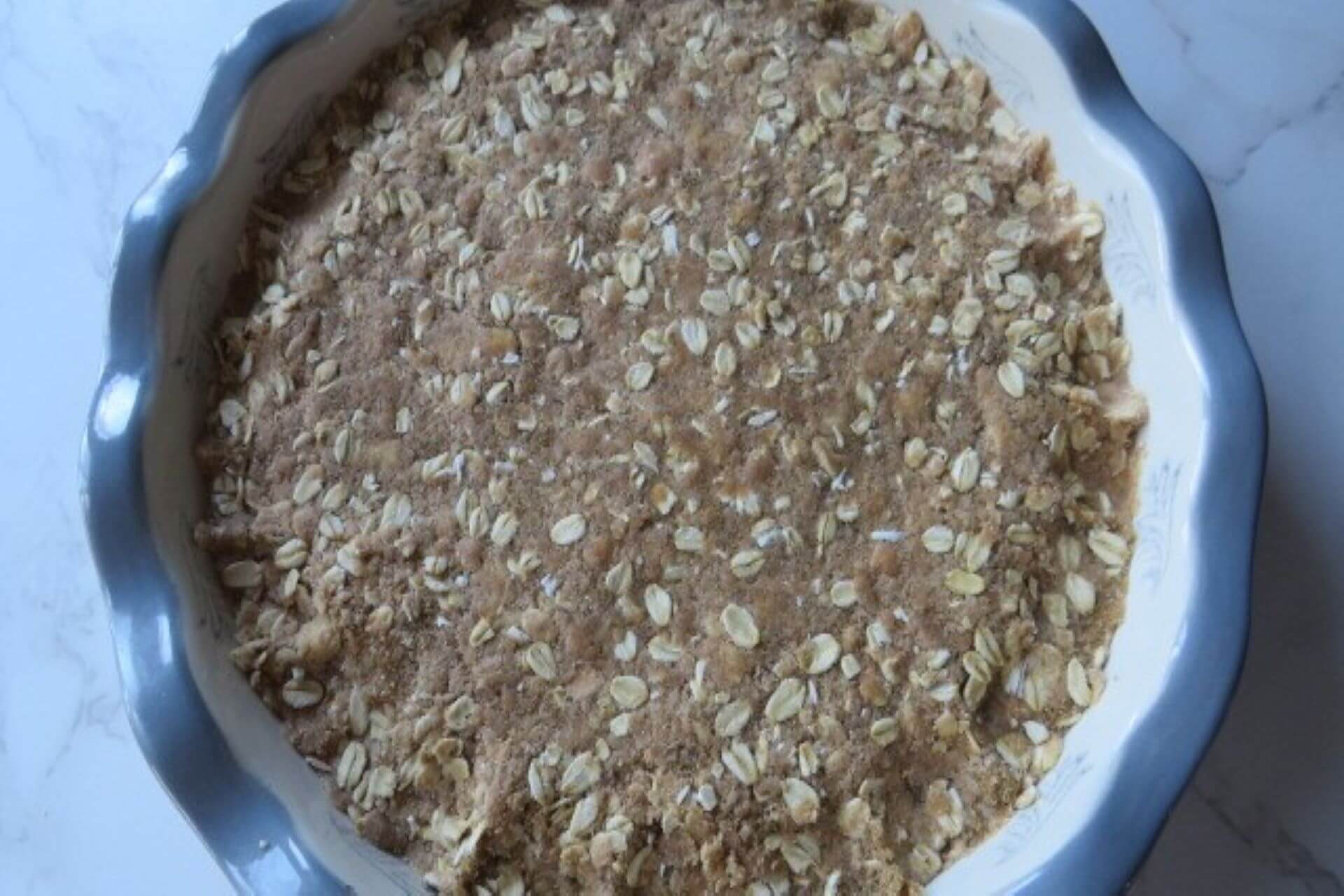
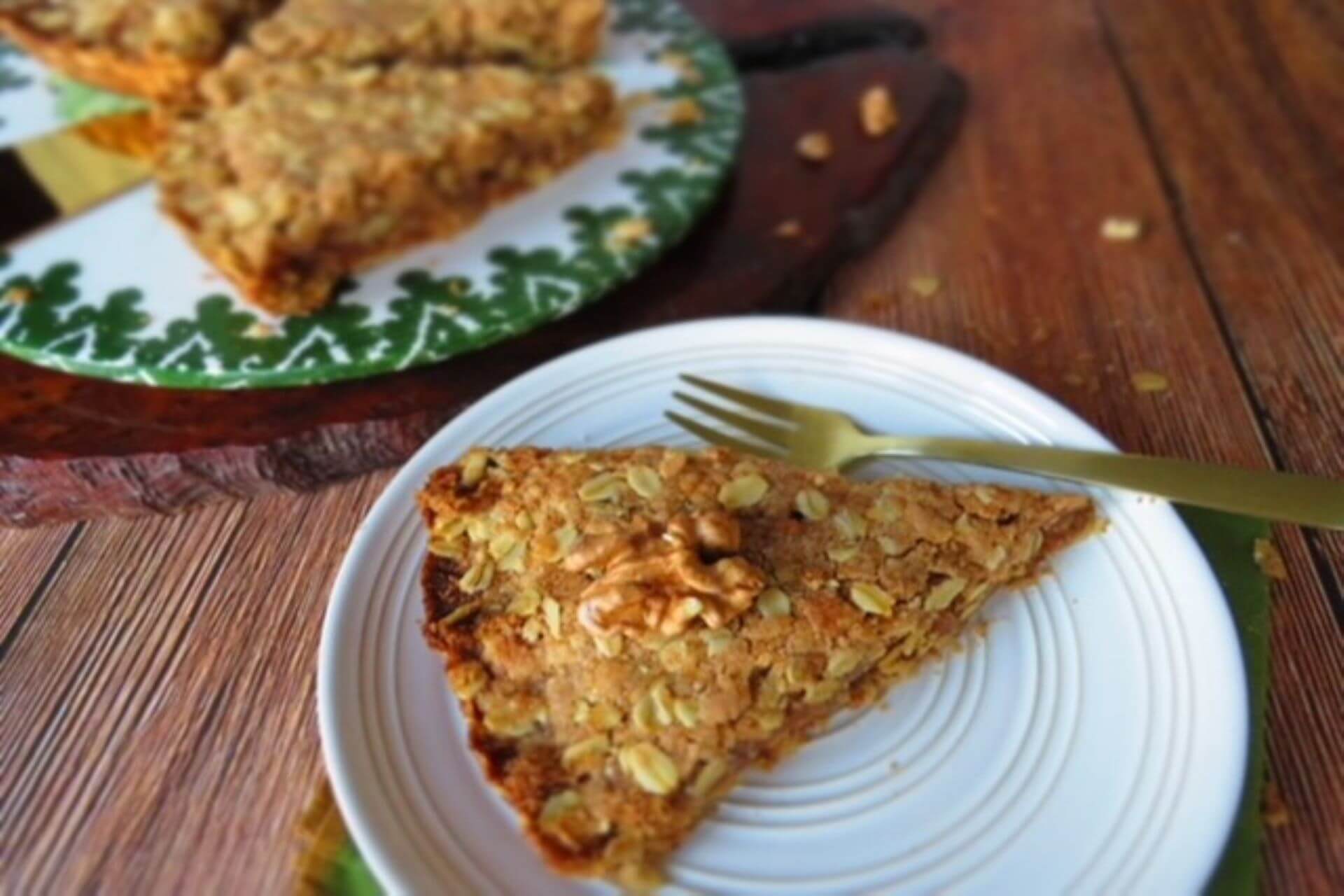
Tips:
- Rub the butter into the oat-flour mixture well (without any chunks of butter) and break down any lumps of brown sugar while making the crust.
- Cut and slice the pie only after it has cooled or the pie will be more crumbly when hot.
- Since this oat-flour crust is not a traditional pie or puff pastry, please ensure that you have firmly patted down or packed the crust prior to ladling the filling on top.
Serving suggestions:
I have made quince into a jam that I would serve as a breakfast accompaniment to toast and oatmeal, or as healthy desserts of yogurt-based parfaits and granola. While many people enjoy those, the star of my quince-based dishes is my Quince Pie recipe.
I have served these at parties as warm desserts à la mode (with mint or vanilla ice cream flavors serve as wonderful contrasts) or even as a mid-afternoon snack with black tea or coffee. No matter when I serve it, the combination of the dark rich date and the softer adaptable quince in my recipe for the Quince Pie is a wonderful indulgence that is healthy, tasty, and most importantly portable.
Storage:
Quince Pie can be refrigerated for a week in a box or frozen for three months in an airtight container. There is no need to reheat the pie, simply thaw to room temperature and enjoy. If you wish to reheat the slices, then warm them in a moderate oven (at 325 degrees F) for a few minutes.
Other fruit desserts that you might like:
Quince Pie Recipe
Equipment
- 9" pie dish, oven
Ingredients
For the crusts:
- 1½ cup rolled oats thick cut
- 1½ cup whole wheat flour
- 6 oz unsalted butter
- ¾ cup dark brown sugar
- ¼ tsp salt
- ½ tsp baking soda
For the filling:
- 1 quince peeled, grated
- 2 date pitted, chopped
- 2 tbsp unsalted butter
- ⅙ tsp salt
- 1 tbsp lemon juice
- ½ tsp lemon zest
- 3 tbsp dark brown sugar packed
- ¾ cup water filtered
Instructions
How to make the filling:
- Prepare the ingredients. Peel, core and grate the quince, zest the orange and juice the lemon.
- Boil the ingredients for the filling in a small saucepot.
- Simmer on medium heat for 12-15 minutes or until the water has evaporated and the mixture looks like fudge. Cool and keep aside.
How to make the crusts:
- In the meantime, weigh the ingredients or use cup measures.
- Preheat the oven to 350 degrees F. Mix the rolled oats with the flour, salt and baking soda. Rub the butter into the dry mixture using a pastry cutter or your fingertips.
- Add the brown sugar and mix well.
How to assemble the Quince Pie:
- Spoon two-thirds of the pie crust mixture into a 9" pie dish. Use the palm of your hands to press down firmly.
- Spoon the cooled quince filling and smooth or level the top.
- Put the remaining one-third crust mixture on top of the filling and press down firmly using your hands. Crimp the edges if desired.
- Bake for 35 minutes on the middle rack of the oven.
- Cool the pie for 15-20 minutes before slicing. Serve with ice cream, whipped cream or with coffee.
Video
Notes
- This recipe for the Quince Pie is a crumbly dish, so allow it to cool before slicing.
Nutrition


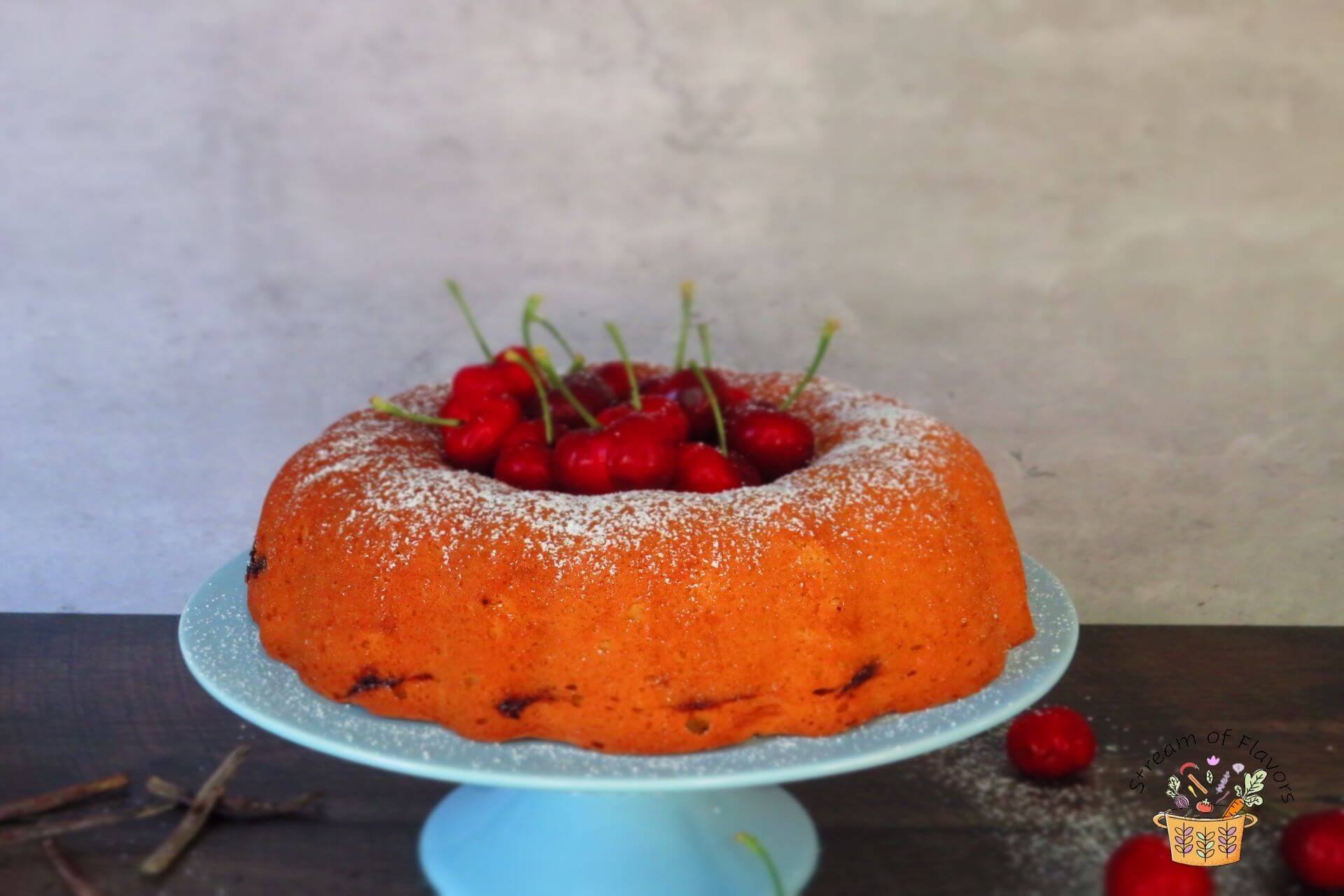
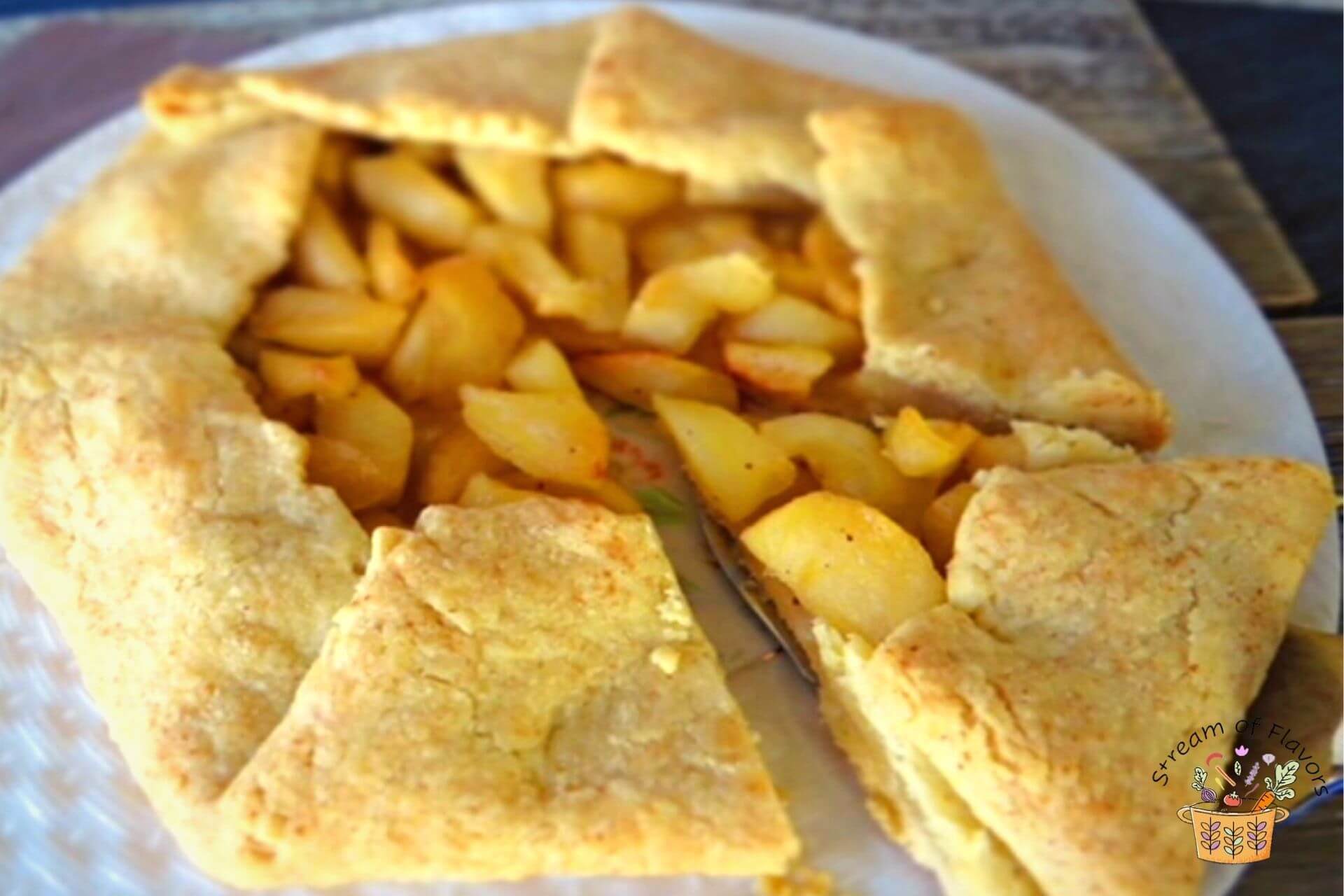
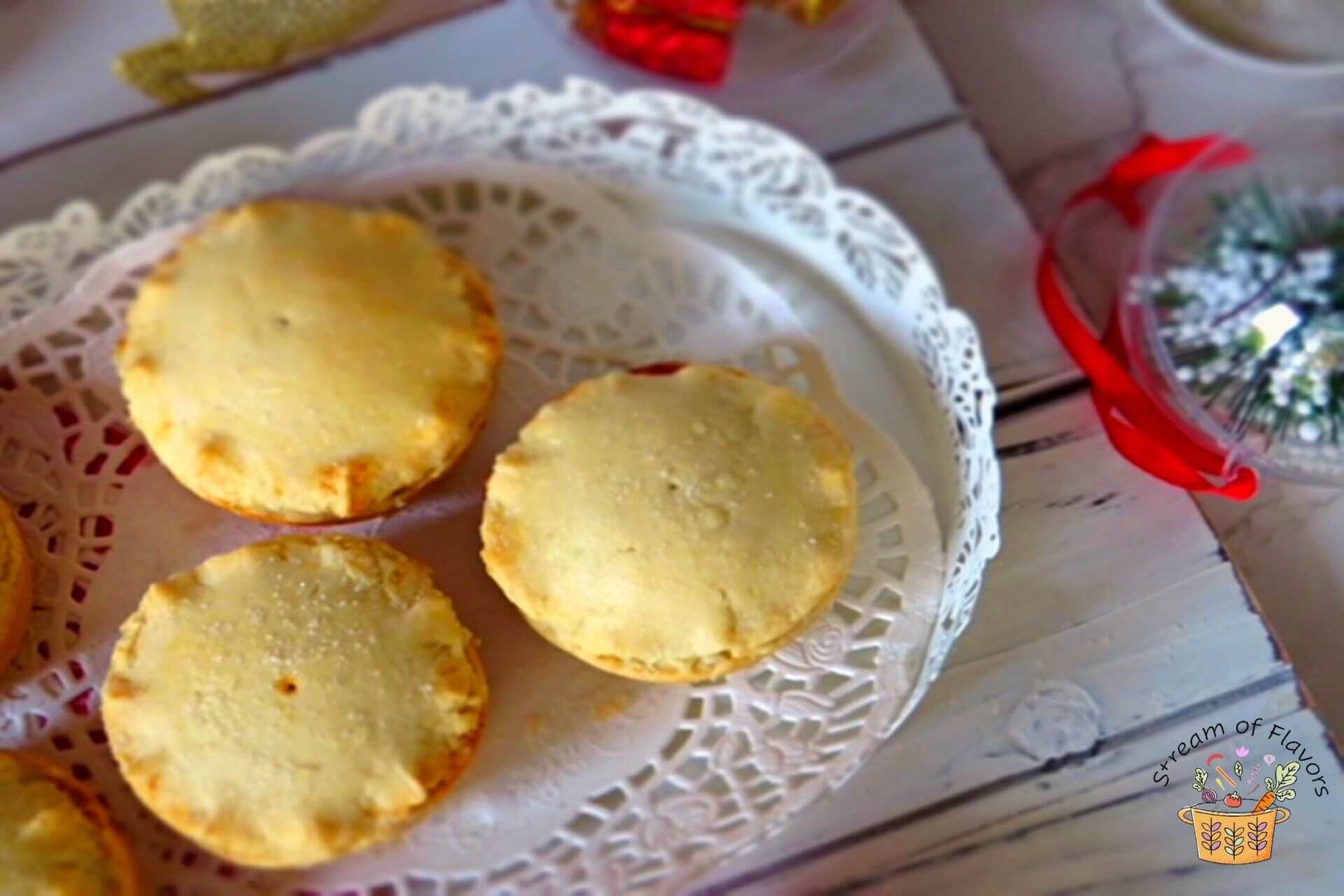
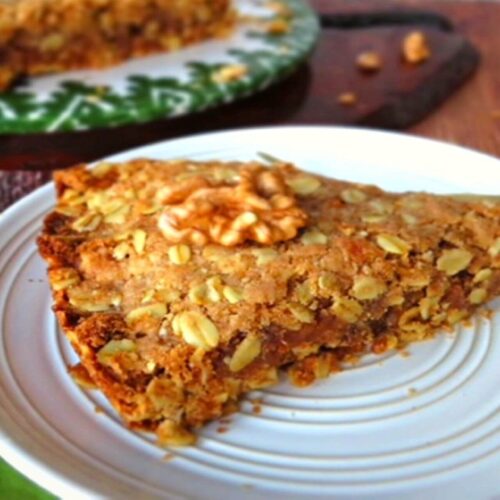
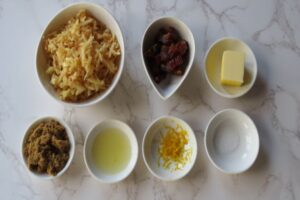
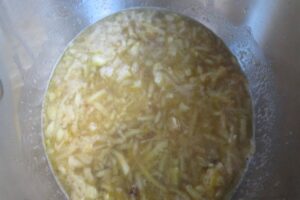
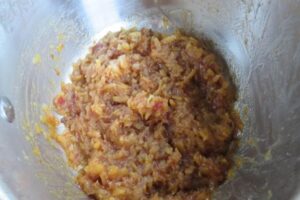
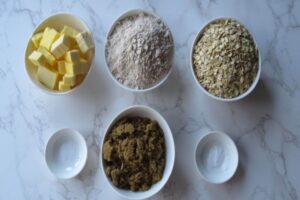
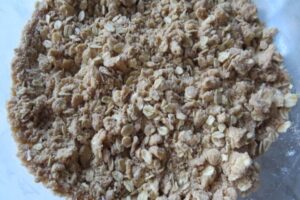
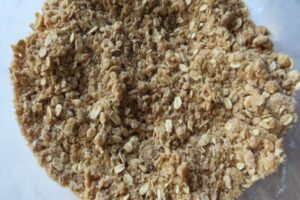
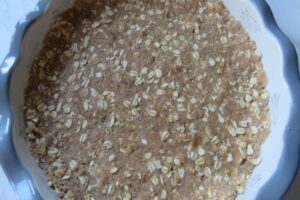
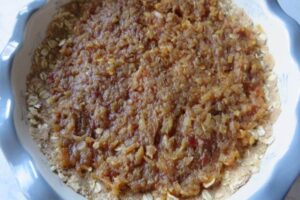
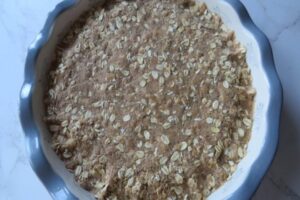
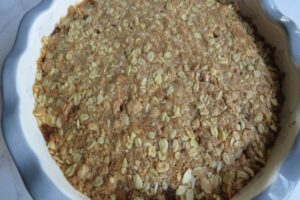
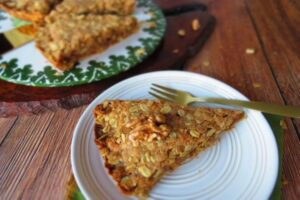




















I made this for my family and it was an absolute hit! Thank you so much for sharing this recipe, I was wondering what to use the quince for! Please continue with the forgotten fruits!
Happy to hear that. Thanks a lot!
Really tasty! Thanks 🙂
Thanks, Lakshmi!
Love this! 🙂